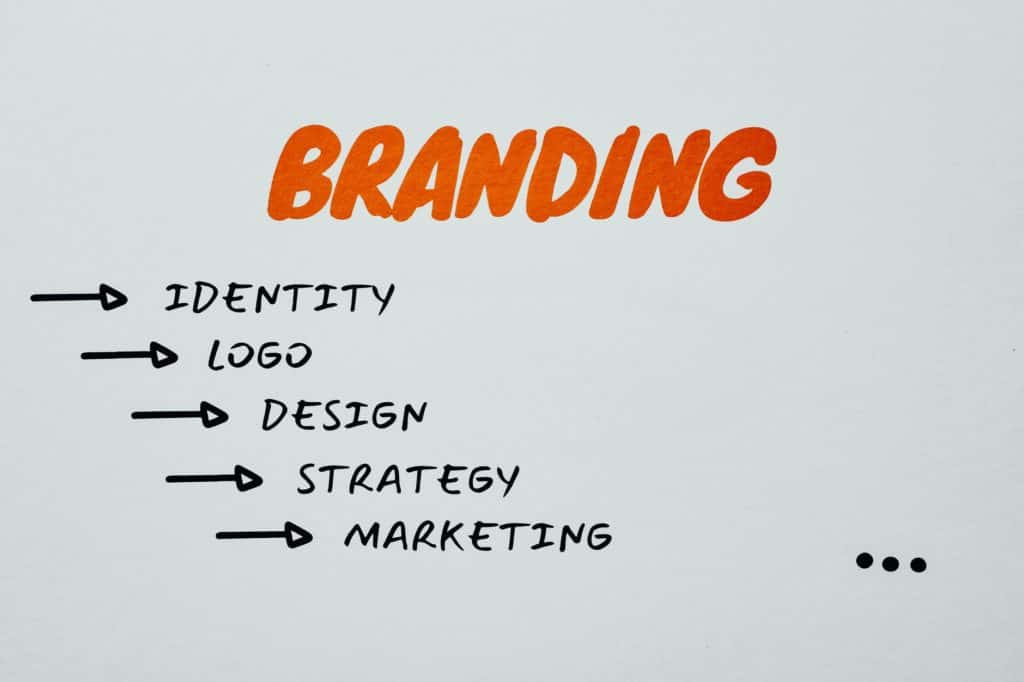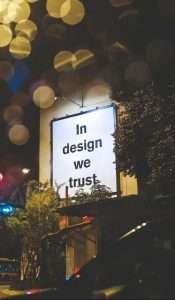The logo is the first thing people will associate with your visual brand. Its goal is to distinguish you from the competition, to be engraved in memory and be remembered. Your logo should instantly associate with your company and make you want to buy a product or service. It is why brand designers are so careful when creating logo designs. What are the principles of effective logo design?
10 Principles of Effective Business Logo Design
Brand managers of companies sometimes spend considerable budgets to create a logo for their company. Thus, Statista cites data that the Symantec logo topped the rating of the most expensive design cost; its cost was 1.28 billion US dollars. If you already have a logo but would like to remake it or you are just starting to form your startup idea and think about a logo – the tips from this article will help you avoid mistakes in logo design and create an effective logo that will help your business.
Logo design is a process that you can simplify if you know the basic principles and laws of creating a good logo. If you want to start something really worthwhile, it’s essential to be familiar with graphic design principles. Then determine who your client is and what you want to tell them. Your choice of logo design will go a long way in helping you get your message across to the client. If you do not know how to create a logo design yourself, you better order specialists’ UI / UX design services.
1. Logo Simplicity
Simplicity is always a good choice. A simple logo makes the brand’s public image stand out from among the information noise around; it is easier to understand and remember. In addition, a simple logo becomes outdated more slowly and remains relevant for a long time. The main action in this principle will be to choose the right font, color, and graphics. The main thing is not to overload the logo with elements.
2. Logo Originality
You have to be different and to be different, you have to be unique. Do not try to copy other people’s logos – you will only make it worse. Instead, be innovative. Your logo should be different enough to attract attention and memorable enough to stay in people’s minds.
A unique logo design requires a unique design concept. It is the place where creativity meets brilliant ideas and a solid understanding of the target audience. An experienced graphic designer can meet your logo goals and create something truly original with all of these considerations.
3. Logo Versatility
Don’t think of a logo as a must-have routine. Your brand logo will be on every product in the store, merchandise, and represent your brand identity! It means it must be versatile and adaptable to use anywhere. Think about all the places where you want to use your logo and make sure it looks good in each one.
4. Logo Scalability
Sometimes logo designers forget one crucial thing – your logo may one day end up on a giant billboard or projector in a presentation at a large trade show. That’s why you need to keep scalability in mind as well. A scalable logo should carry a clear message and look good at any size – whether you are building a brand identity on social media, printing it on a small business card, or a giant poster.
5. Logo Timelessness
It’s good when you create a logo without focusing on the fashion of the day. After all, tomorrow, your logo may become outdated. Don’t fall for short-term hobbies when designing your logo, and go for a classic look.
6. Logo Proportionality
Maintaining the proportions when developing a logo makes it easier to understand and decipher. Symmetrical logos are balanced with elements of equal weight aligned on either side of the centerline. On the other hand, it can balance asymmetrical logos as well. To do this, it is enough to create the correct composition that has a balance if you look at it as a whole.
7. Logo Memorability
Forbes writes that memorability helps companies avoid the cost of ongoing marketing. It means that your logo could be easily remembered when talking about your brand. This principle is quite a challenge for designers. However, if everything works out, the profit will be priceless.
8. Logo Appropriateness
When you create a logo, think about more than how it is associated with your product or service. Try to pay attention to how it fits with your audience. For example, a logo for a toy store might be colorful and playful in design, but that doesn’t apply to a law firm. Think about expanding your business into new product lines and whether the logo still works.
9. Logo Expressiveness
Expressiveness in logo design is like an emotion that you catch when you see a brand logo. For example, she can be playful, serious, harsh, addictive. In the world of graphic design, many argue that a logo should embody the brand’s personality and evoke certain emotions. It would be best if you considered the feelings you want to evoke in your audience in your marketing or if you are writing a blog about your business.
10. Logo Complementarity
This principle assumes that you create a logo that matches the font and graphics of your brand. There must be a certain balance and consistency between the different parts of your logo design. If your design is crisp and severe, don’t go for a playful logo design. It is an example of not matching complementarity.
How Will a Business Benefit from Creating a Suitable Logo?
Your logo is the voice and face of your brand. It bears a great responsibility on your behalf, and therefore you have a great responsibility to create it as thoughtfully as possible. There are many known cases when a bad brand logo caused laughter and spoiled the entire company’s reputation (A-Style, OGC, and so on). Getting rid of such a reputation is then very difficult. Sometimes it’s essential to look at your logo from different angles, rotate it, flip it, and scale it. Make sure the logo doesn’t carry ridiculous meanings.
Effective Logo Design Principles
So keep these ten logo design principles in mind when creating yours. Even if you have a ready-made logo, you should check it for adherence to these logo design principles. And at the same time, correct some inconsistencies, if any. Whether it’s your first logo or the 100th logo, whether you create the logo yourself or a graphic designer creates it for you, make sure you consider the principles of effective logo design.
Author’s bio: Anastasiia Lastovetska is a technology writer at MLSDev, a software development company that builds web & mobile app solutions from scratch. She researches the area of technology to create great content about app development, UX/UI design, tech & business consulting.
This content was originally published here.







